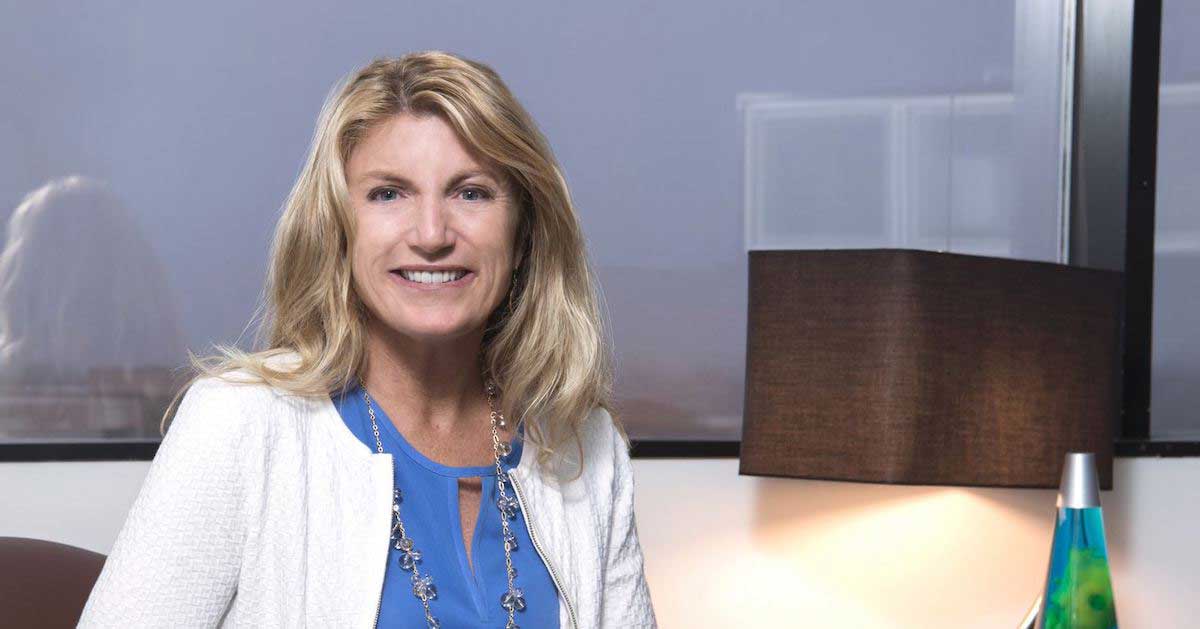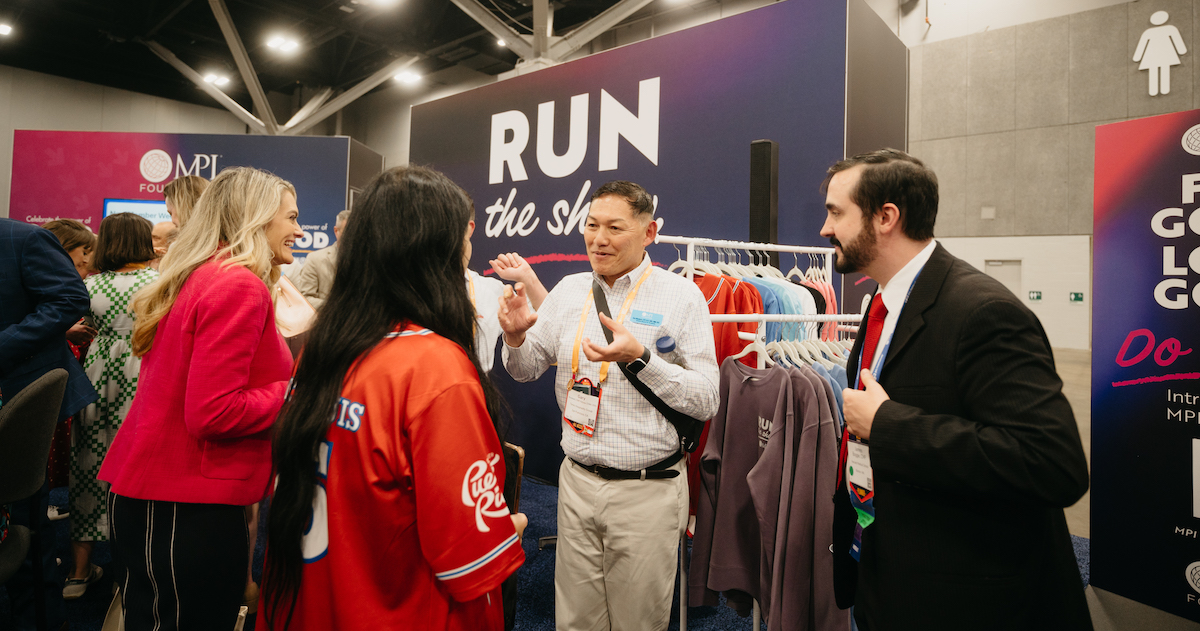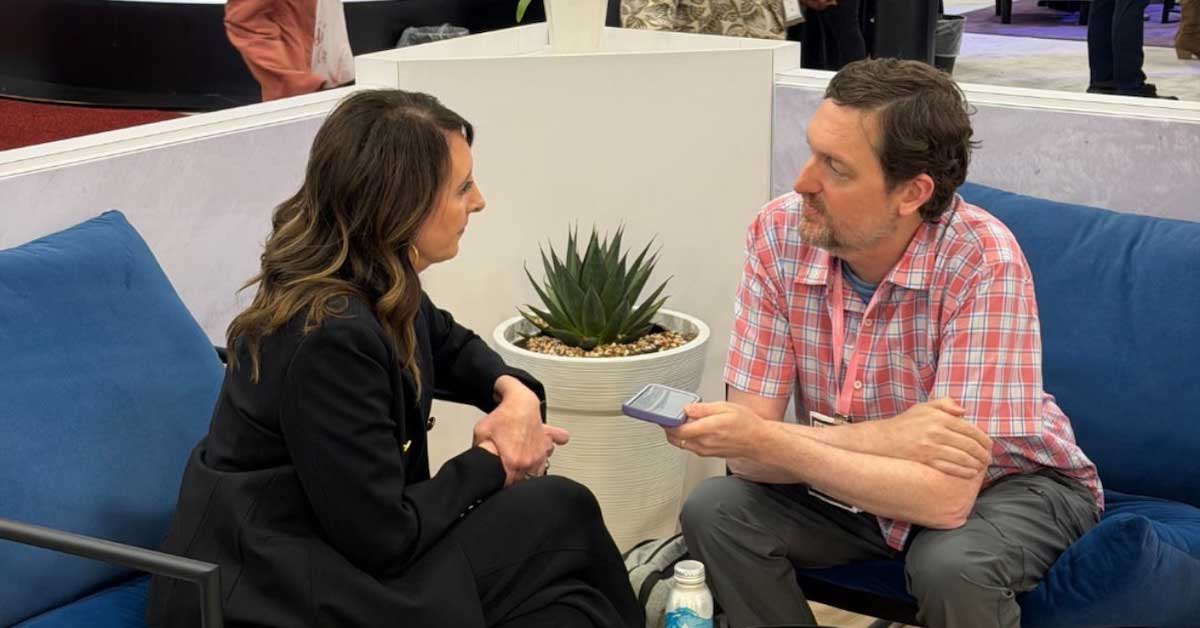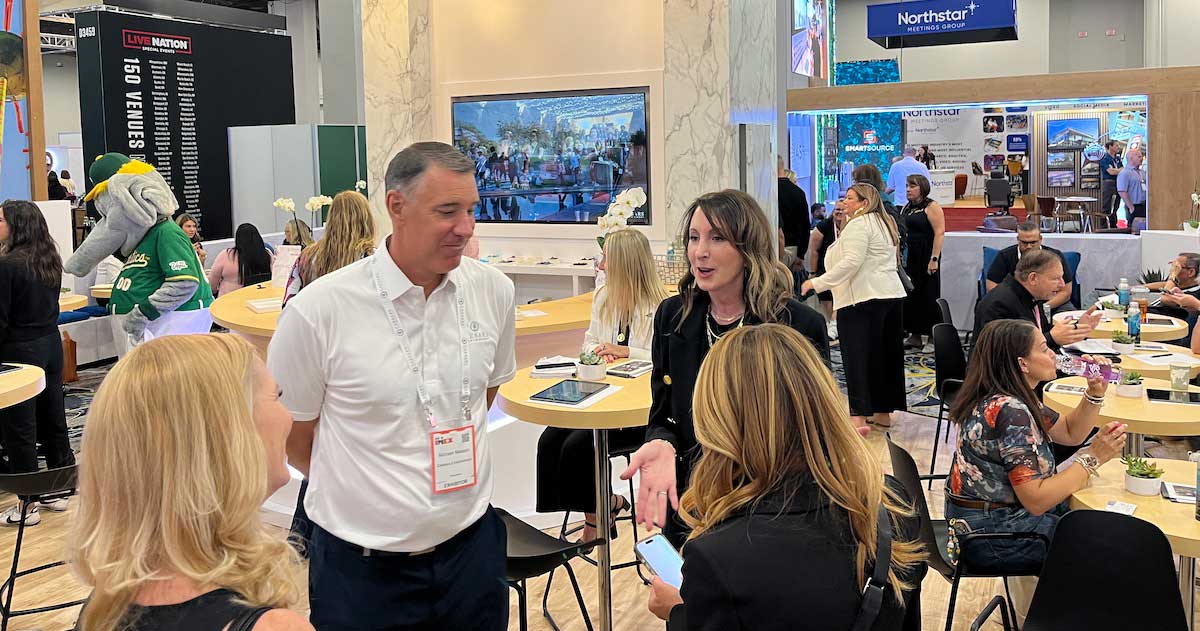Last month, I discussed how—and possibly why—our industry is having trouble staffing back up (long hours, low pay for the type of stressful work the jobs require). This month, I’d like to discuss the other side of this coin: creating a work culture that not only recruits but retains talent.
The biggest crossroads companies are facing right now is the debate around remote working. During COVID, the companies that could transition to fully remote environments were able to keep their businesses running. Now, as cities are fully reopening, companies are deciding how and when to bring their teams back into the office. Michael C. Bush, a keynote speaker at MPI’s World Education Congress in Las Vegas last month, wrote a compelling article on slowing down the re-entry.
Ask teams what they prefer, communicate clearly and often what you are considering and opt for more flexibility over going right back to pre-COVID models.
The people I’ve talked to about this topic have one theme in common: they want more flexibility. Through working from home during COVID, we learned the following things.
1. Companies found a way to make remote environments work.
2. Employees needed the flexibility of working from home to deal with the COVID-related complexities of home schooling and other personal matters.
3. The savings of time (no commute) and money (no gas, dry cleaning, onsite lunches) became valuable fringe benefits that employees aren’t eager to give up. I’ve heard it over and over: “We showed that we can be successful working remotely, so why do we need to go back into the office like before?”
Personally, I can agree with both sides. I work remotely from California for Dallas-based MPI and I know I can build connections, stay focused and be successful. However, I enjoy being in the headquarters office so that I can strengthen relationships and work out complex issues. A recent CNN article validates what I’ve felt intuitively: “Face-to-face interactions yielded the strongest connections.”
These past 18 months were unlike anything any of us has ever experienced, and there is no going back to a universal “normal.” We shouldn’t force it by reverting to pre-COVID settings too aggressively. Instead, let’s be patient as all of our staff members readjust.
Consider transitioning back in phases and giving more flexibility to teams early on and reassess in three or six months. For the days everyone is together in the office, encourage teams to hold meetings and use the face-to-face time to collaborate.
My tips for leaders deciding on new work environments are these: Ask teams what they prefer, communicate clearly and often what you are considering and opt for more flexibility over going right back to pre-COVID models. This trust and empowerment might be the secret weapon to keeping our talented employees longer.







